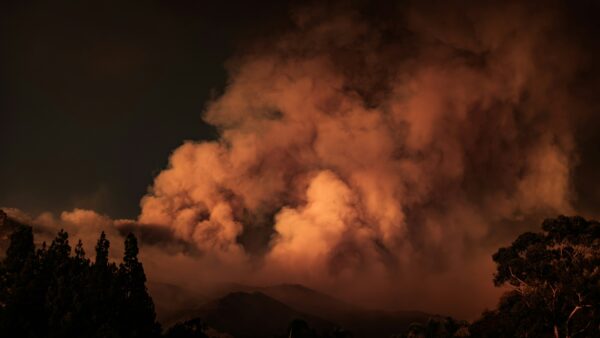Production Gap 2019 Report
Authors
SEI, IISD, ODI, Climate Analytics (Bill Hare and Michiel Schaeffer), CICERO, and UNEP

The first-ever report provides the analysis, policy options, and findings that governments need to better align fossil fuel production with global climate goals. It is modelled after, and complements, UNEP’s annual Emissions Gap Report. The Production Gap Report highlights the concerning gap between Paris goals and countries’ plans for fossil fuel production. This production gap is as concerning as the emissions gap – and this report aims to expand the international climate discourse to include fossil fuel supply. It also provides a go-to resource for policymakers, researchers, and civil society on winding down fossil fuel supply in line with the Paris Agreement goals.
The report was produced by leading research organisations, including the Stockholm Environment Institute (SEI), International Institute for Sustainable Development, Overseas Development Institute, CICERO Centre for International Climate and Environmental Research, Climate Analytics, and UNEP. Over fifty researchers contributed to the analysis and review, spanning numerous universities and additional research organisations.
This report addresses the necessary winding down of the world’s production of fossil fuels in order to meet climate goals. Though coal, oil, and gas are the central drivers of climate change, they are rarely the subject of international climate policy and negotiations. This report aims to expand that discourse and provide a metric for assessing how far the world is from production levels that are consistent with global climate goals.
Specifically, this first Production Gap Report assesses the discrepancy between government plans for fossil fuel production and global production levels consistent with 1.5°C and 2°C pathways. This production gap tells us the magnitude of the challenge.
The report reviews, across 10 fossil-fuel-producing countries, the policies and actions that expand fossil fuel production and, in turn, widen the gap. It also provides policy options that can help countries better align production with climate goals. This is especially relevant over the next year, as countries prepare new or updated nationally determined contributions (NDCs), which set out their new emission reduction plans and climate pledges under the Paris Agreement.
Key messages
- Governments are planning to produce about 50% more fossil fuels by 2030 than would be consistent with a 2°C pathway and 120% more than would be consistent with a 1.5°C pathway.
- These planned levels of fossil fuel production are also inconsistent with the collective climate pledges under the Paris Agreement. As a consequence, the global production gap is even larger than the already-significant global emissions gap.
- The continued expansion of fossil fuel production – and the widening of the global production gap – is underpinned by a combination of ambitious national plans, government subsidies to producers, and other forms of public finance.
- Several governments have already adopted policies to restrict fossil fuel production, providing momentum and important lessons for broader adoption.
- International cooperation plays a central role in winding down fossil fuel production.











